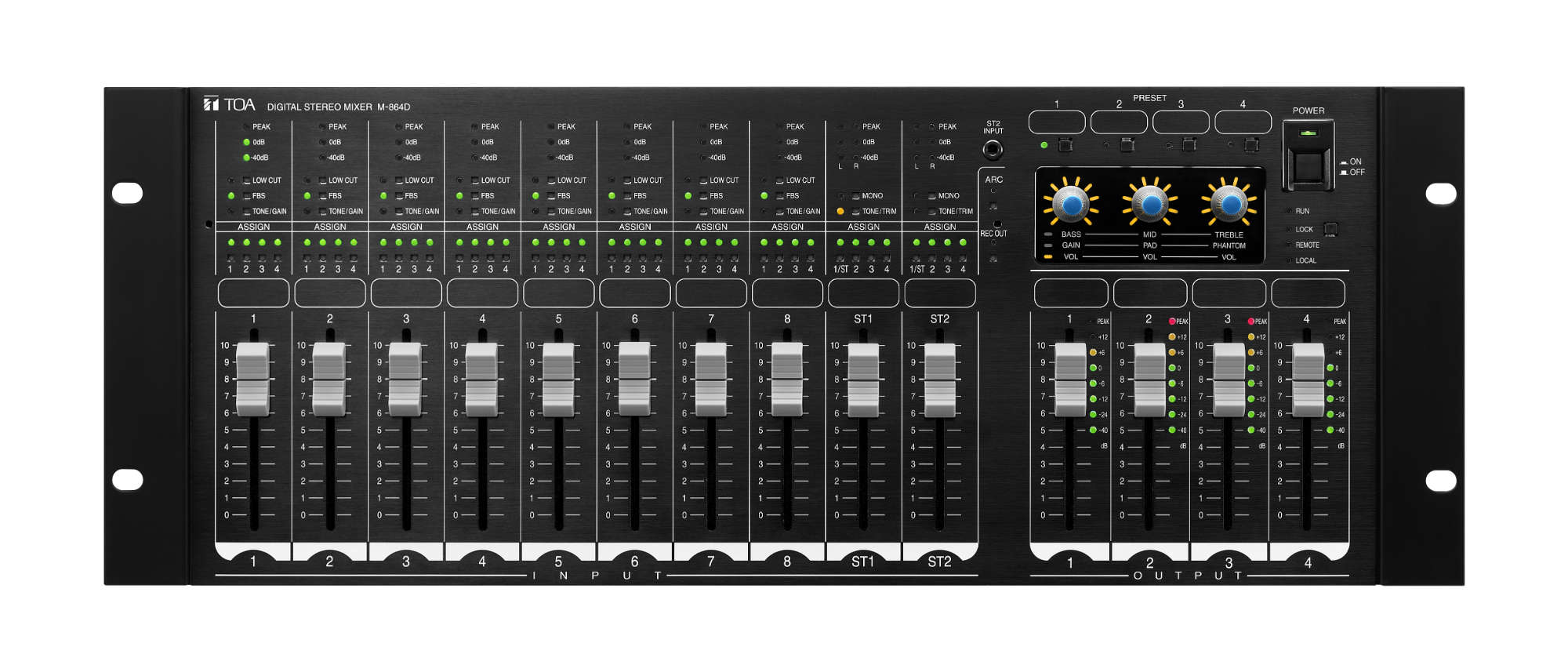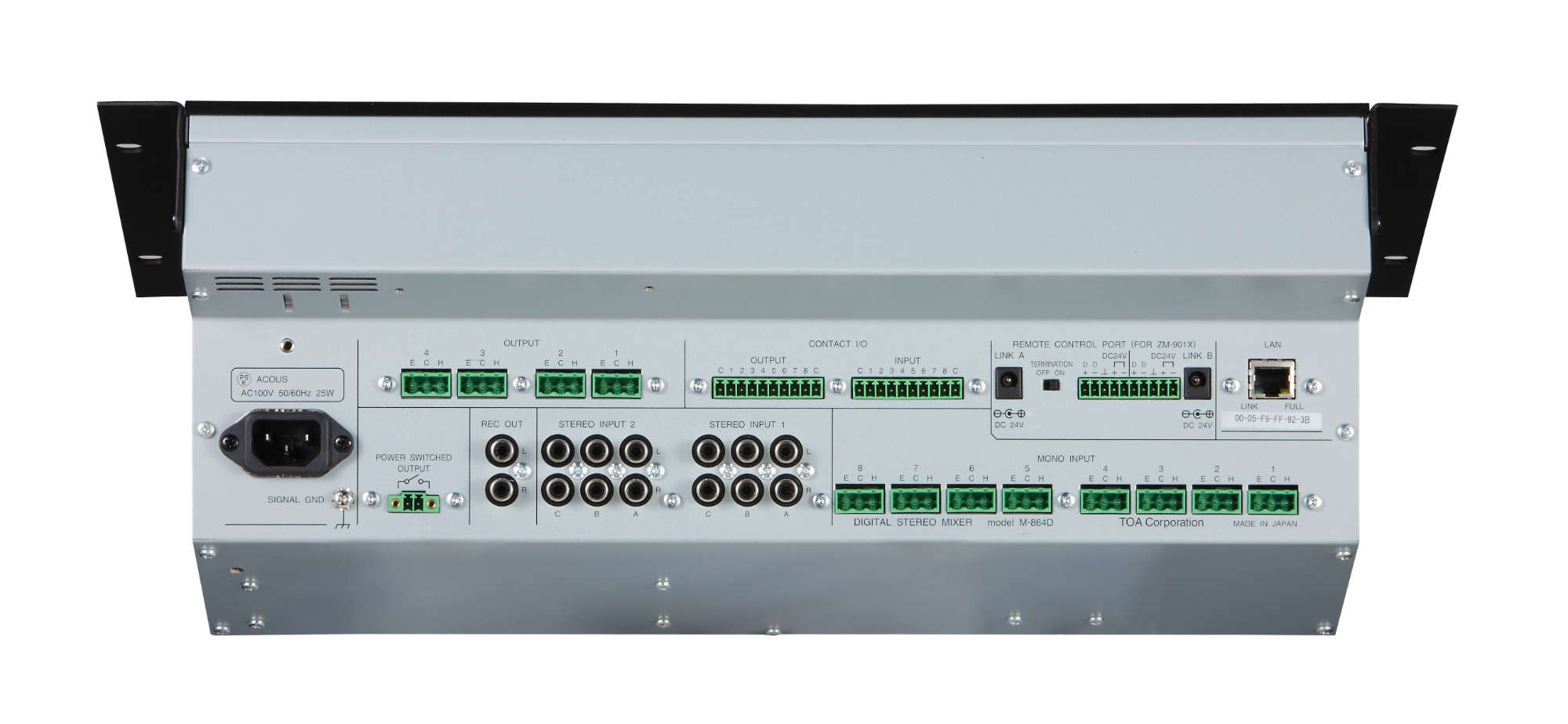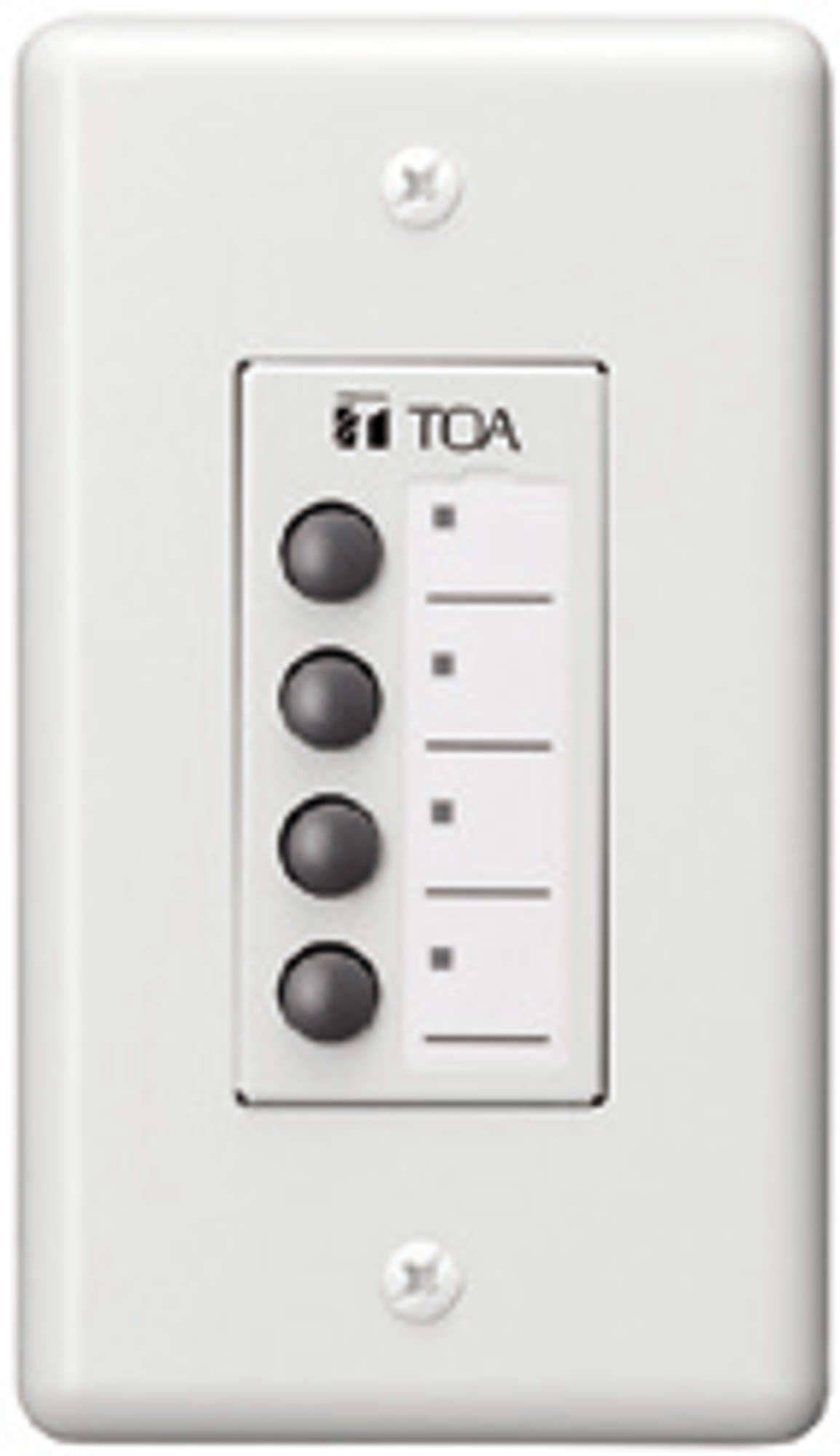
M-864D
Digital Stereo Mixer
M-864D
The M-864D digital stereo mixer maintains the basic functionality and operability of its predecessor, the M-633D, but adds such versatile features as analog-feel fader operation, 8 monaural and 7 stereo input channels, remote controller operation and fine-tuning of settings with GUI software.
With its release, TOA has made the clear sound achieved by its proprietary resonance control technology available for use in hotel banquet rooms, multipurpose halls and other facilities that host events of various types.
- 15 input and 5 output channels per unit
- Equipped with digital signal processing functions such as automatic resonance control function (ARC), Feedback suppressor function (FBS), Automatic stereo input mute function (AUTO MUTE or Ducker) and Equalizer
- Advanced acoustic compensation can be automatically performed without using an acoustic measuring instrument
- Furnished with various function setting buttons and 14 analog volume faders
- Can be operated without need for use of a PC, by connecting the PC, optional Remote control panel
Phantom power (+24 V DC, 10 mA, ON/OFF switchable for each channel)
Gain setting (settable for each channel)
: PAD ON Gain min., +4 dB* (max. +24 dB*), 10 kΩ, electronically-balanced
Gain max., −14 dB* (max. +6 dB*), 10 kΩ, electronically-balanced
: PAD OFF Gain min., −10 dB* (max. +10 dB*), 7 kΩ, electronically-balanced
Gain max., −56 dB* (max. −36 dB*), 7 kΩ, electronically-balanced
Stereo Input (L, R), 7 channels (1-A, 1-B, 1-C, 2-A, 2-B, 2-C, front-mounted input),
RCA jack (stereo mini jack provided on the front panel)
: −10 dB* (max. +10 dB*), 10 kΩ,
Trim gain for each individual channel: −∞ to 0 dB (except front-mounted input)
• 1-A (L), 1-B (L), and 1-C (L) are mixed after passing through each trim gain
circuit (the same applies to R channel)
• 2-A (L), 2-B (L), and 2-C (L) are mixed with front-mounted input after
passing through each trim gain circuit (the same applies to R channel)
electronically-balanced, removable terminal block (3 P)
REC OUT (L, R): –10 dB* (max. +10 dB*), applicable load 1 kΩ or more, RCA jack Gain is adjustable.
TREABLE, high-shelving filter: 6 − 20 kHz, ±15 dB 10 channels (each monaural input channel, each stereo mixing input channel),
settable independently on each channel
analog output attenuator (−6 dB, −12 dB, −18 dB, −24 dB, −36 dB, −42 dB) control,
system lock function, stereo summing function, Control knobs (3 rotary encoders)
(each monaural input channel, stereo 1L, 1R, 2L, 2R)
indicator x 1, Gain control mode indicator x 1, Trim control mode indicator x 1
2 faders linkable with supplied gang bar
24 V DC input x 2, termination switch x 1, removable terminal block (10 P)
Maximum total cable length (star wiring): 800 m or 870 yd (total for 2 channels)
Maximum cable length (daisy chain wiring): 400 m or 435 yd per channel
Note: In daisy chain wiring, the number of units differs depending on the cable length.
Star wiring and daisy chain wiring cannot be used together.
Type of cable: Shielded CPEV cable (a pair of data cable and a pair of power supply
cable) or shielded Cat 5 twisted pair cable for LAN (CAT5-STP)
RJ45 connector, connection via switching hub
Network protocol: TCP/IP
Connection cable: Shielded Cat. 5 or higher twisted pair cable for LAN
(Cat. 5-STP or better)
Maximum cable length: 100 m or 110 yd (between M-864D and switching hub)
Please download Datasheet to access full specifications.
Functional & Interface Accessories

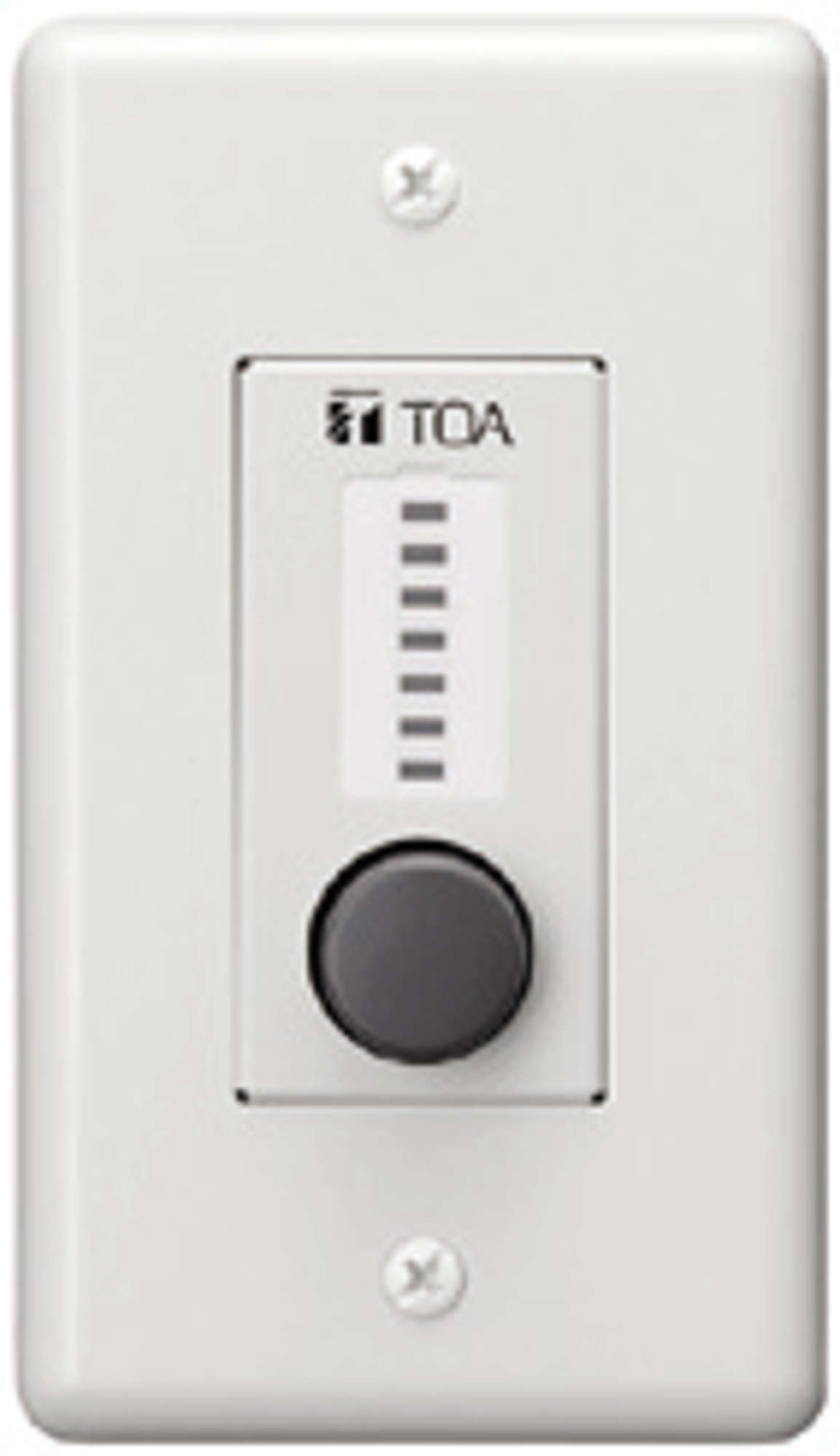
ZM-9012
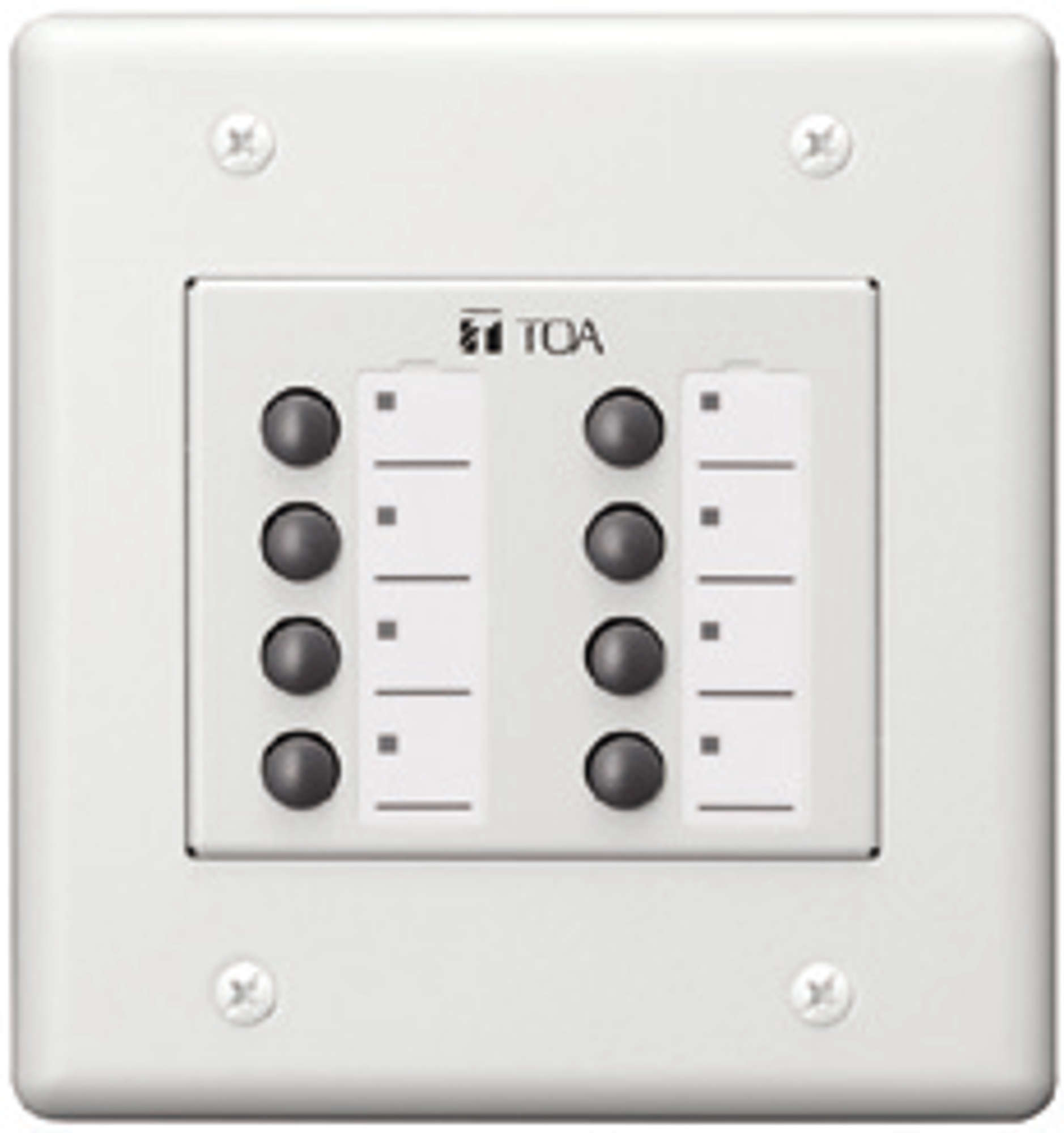
ZM-9013
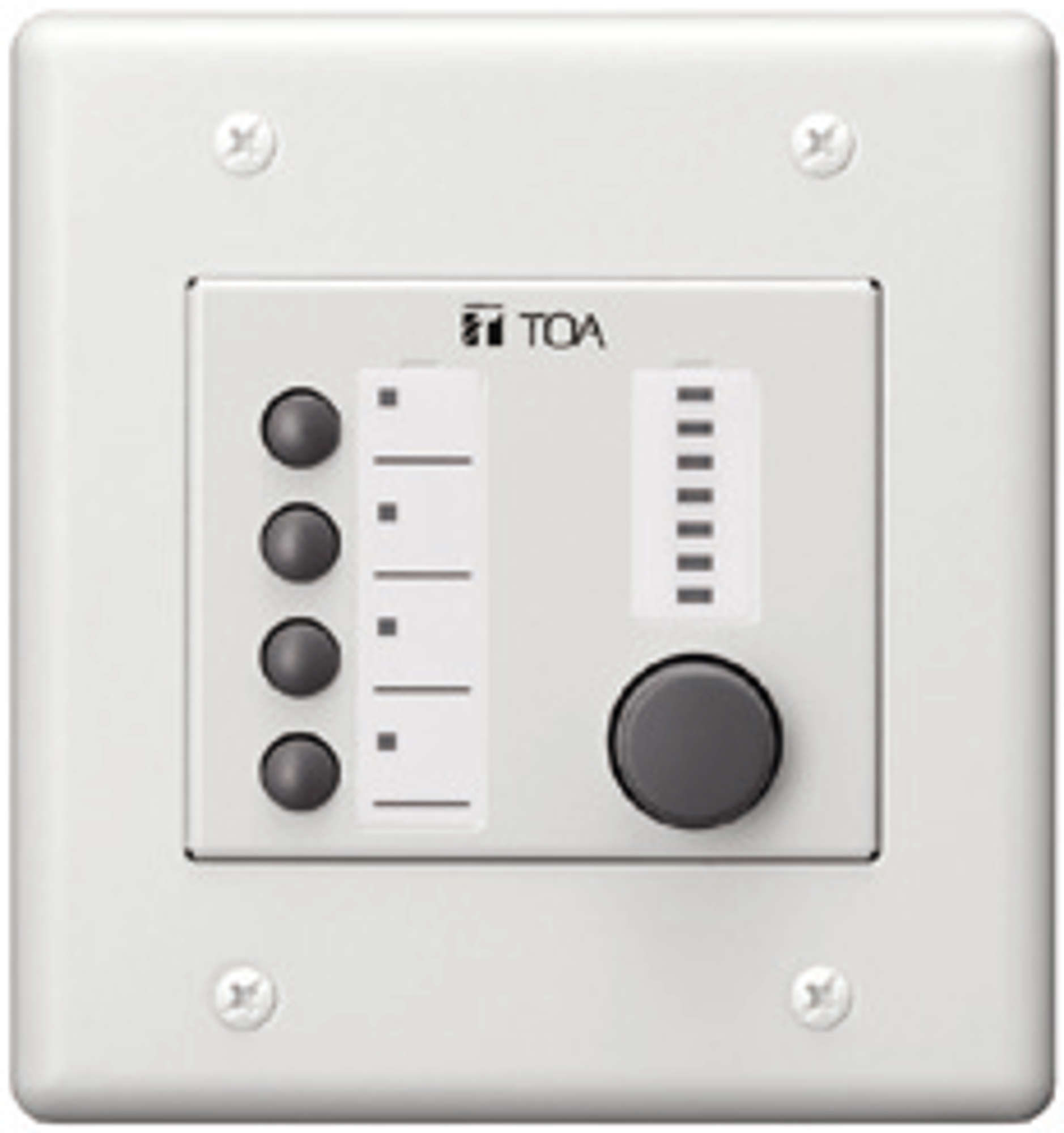
ZM-9014
The digital stereo mixer shall be equipped with digital signal processing functions such as Automatic Resonance Control function (ARC), Feedback Suppressor function (FBS), Automatic stereo input mute function, Tone controller, and PEQ.
Tone control and gain adjustment shall be made through the front panel operation. Each input shall have a built-in analog gain control circuit. The digital stereo mixer shall be mounted in a 19-inch EIA component rack (4U size).
The mixer shall have the following DSP functions:
- Automatic Resonance Control (ARC) measurement and processing algorithm that optimizes speech and sound clarity for individual acoustic environments
- Feedback Suppressor (FBS) function that eliminates feedback caused by carrying the microphone
from place to place - Automatic stereo input mute (Auto Mute or Ducker) function that mutes stereo input automatically when detecting a monaural control signal
Front-mounted stereo input shall allow connection of digital audio player
Preset memory shall enable operators to store user-specified settings in response to specific needs
Optional remote control panels shall permit convenient remote operation and featuring an assign function supporting assignment of such settings as volume control, channel ON/OFF, matrix switching and preset memory recall to specified buttons. Dedicated GUI software shall facilitate higher-precision parameter setting adjustment on PC via Ethernet LAN. Connection of up to five mixers shall realize the operation with 15 input and 5 output channels.
Please sign in to access further technical materials such as software, firmware or EASE files.

